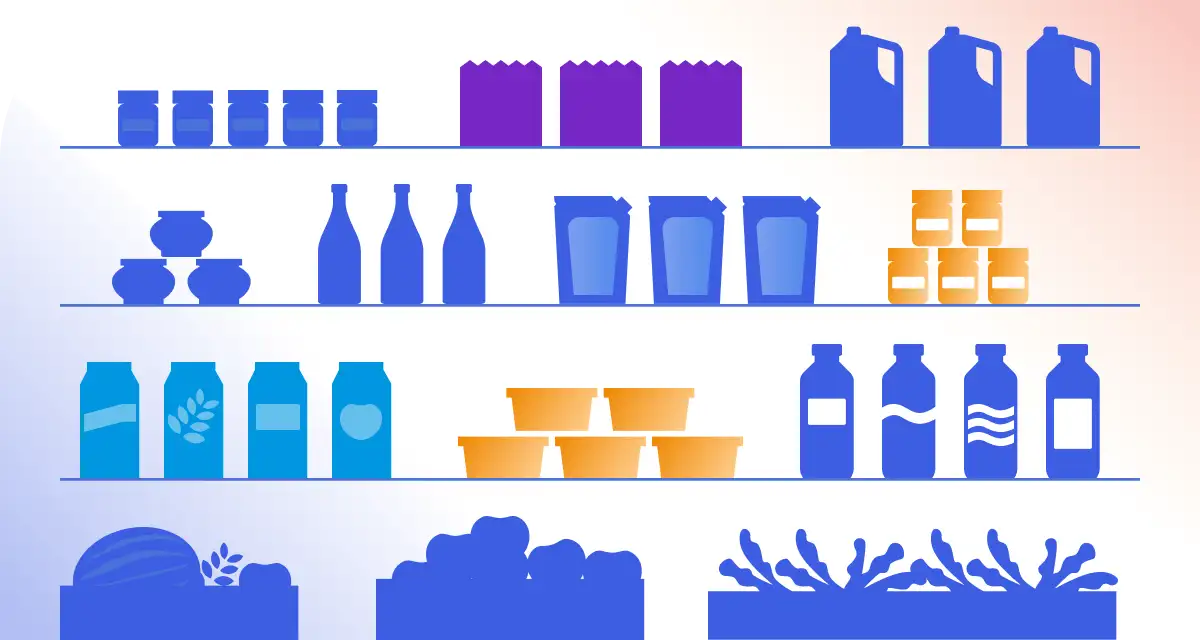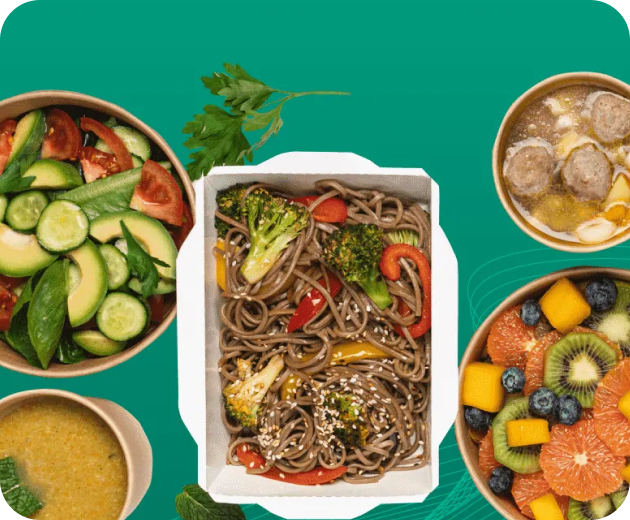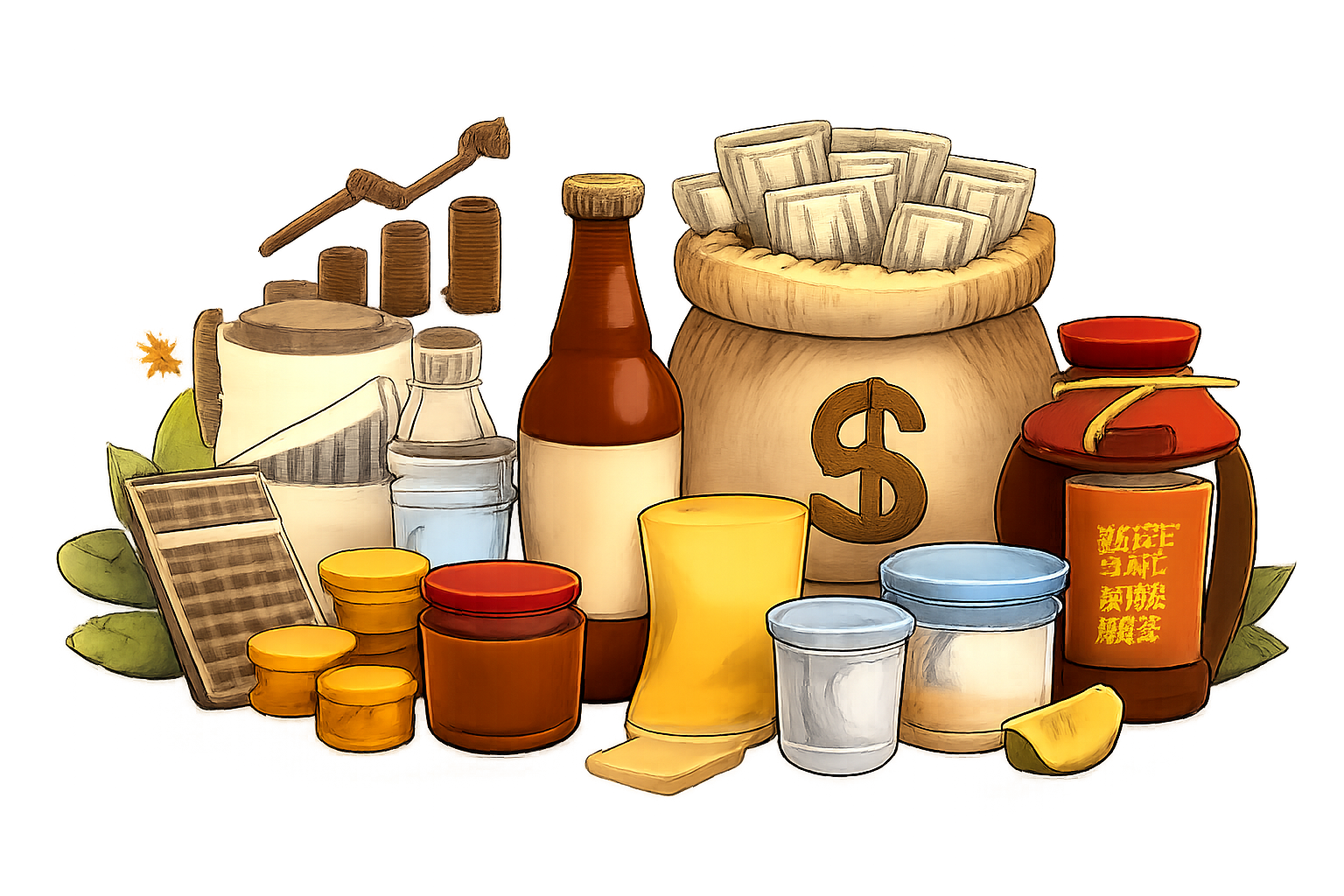CPG Brand Management Tips in Action
Strong CPG brand management is key to success in the competitive consumer packaged goods industry.
It’s not just about creating a recognizable name but building connections with consumers, adapting to market trends, and driving sustainable growth.
Effective brand management helps companies boost market presence, build loyalty, and stand out in a crowded space.
This article explores CPG brand management, breaking down its importance and providing tips on how to achieve success in this field.
What is CPG brand management?

CPG brand management involves guiding the entire lifecycle of consumer packaged goods, from initial product ideas to ongoing campaigns.
It focuses on making the brand memorable and relevant.
It also unites different functions—such as CPG marketing, CPG sales, and CPG analytics—to boost brand perception and revenue.
In short, it is the process of shaping how people see your CPG Business and keeping them loyal over time.
Importance of brand management in the CPG industry
Effective brand management is crucial for the success of CPG companies.
A strong brand creates differentiation, builds trust, and establishes brand loyalty among customers.
This leads to increased sales, market share, and ultimately higher profits.
In today’s highly competitive marketplace, where consumers have endless options to choose from, having a well-managed brand can be the determining factor in capturing customer attention and driving sales.
Tips for managing a successful CPG brand
1. Brand positioning and standing out
Brand positioning sets you apart from competitors. Clear CPG branding helps shoppers quickly see your product benefits.
One approach is to examine CPG analytics data for consumer segments. This data can show where there is room to stand out.
Then the brand can design consistent visuals and messages for each group.
This is also where CPG marketing becomes important. Every touchpoint, from packaging to social media, should reflect the brand’s style.
2. Developing innovative products
Consumers want new products that solve problems or improve daily life.
To create fresh items, use feedback from CPG shopper marketing campaigns. Retail audits and social channels can reveal what people find exciting.
Consider small product tests that measure acceptance before a full launch. When done right, new ideas can spur CPG growth and boost CPG sales in multiple regions.
3. Pricing strategies to boost profitability
Pricing involves many considerations, including production costs, competitor prices, consumer psychology, and effective revenue management to maximize profitability.
In some CPG vs FMCG discussions, the speed of turnover differs, but price sensitivity remains a central factor.
Bundle discounts, dynamic pricing, and premium lines can support CPG growth.
Reviewing CPG analytics alongside sales performance helps you decide when to adjust or keep prices stable.
4. Retail and distribution game plans
Getting products on shelves is only the start. An effective plan must cover stock levels, shelf displays, and in-store promotions.
Some brands focus heavily on CPG vs Retail data, comparing how their products perform in physical stores versus online.
Others rely on CPG shopper marketing to encourage trial and repeat purchases.
Aim to simplify the path from warehouse to cart, making it easier for both retailers and buyers.
Get an inside look at the strategies powering top CPG brands.
Discover how to innovate, adapt, and win with data-backed decisions that move fast—from product development to market execution.
5. Growing through online marketing and e-commerce
Many consumers now buy everyday goods through online channels.
That means CPG branding must extend smoothly to e-commerce pages, social ads, and influencer partnerships.
Effective CPG marketing online, supported by insights from a consumer intelligence platform, can amplify brand loyalty and boost reach.
Pay attention to product descriptions, images, and reviews, as each can sway potential buyers.
Well-placed targeted ads can also highlight new products and build CPG Business momentum.
6. Using consumer insights for smarter decisions
Data on shopper demographics, purchase habits, emotional triggers, and CPG revenue growth management strategies can guide big moves and ensure sustainable growth.
CPG analytics allow teams to spot trends and measure the effect of any change.
According to a study, 44% of global consumers try to buy only from socially and environmentally responsible companies. This kind of insight shapes both products and promotions.
When you listen to consumers and use data properly, you can refine your cpg brand management approach for better outcomes.
7. Sustainability and social responsibility in CPG brands
Being eco-friendly is more than a fad. Shoppers pay attention to packaging materials and brand values.
That’s why many CPG Business leaders try to cut waste, use sustainable ingredients, and support local communities.
This effort can pay off in higher CPG sales. Brands that focus on responsible practices often see improved CPG growth and long-term loyalty.
8. Measuring brand performance and adapting to market trends
CPG industry trends shift quickly, so it’s wise to track brand health constantly and adapt strategies accordingly.
Tools like CPG analytics dashboards can reveal changes in market share, feedback sentiment, and overall traction.
A good process starts with setting targets for CPG marketing, sales volumes, or distribution coverage.
Then your team can refine strategies if you see slowdowns or fresh opportunities. Ongoing checks keep your brand agile.
Strong cpg brand management is important for any company working with consumer packaged goods.
It covers every stage, from initial ideas to final sales, and it ties together CPG sales, CPG marketing, CPG branding, CPG shopper marketing, and more.
By tracking insights, fine-tuning prices, and staying flexible, you can support lasting CPG growth.
If your CPG Business is looking for a boost in product reach and loyalty, consider ramping up your management strategy.
FAQs
Effective brand management builds trust, relevance, and emotional connection. Consistent messaging, innovation, and responsiveness to consumer needs help create loyalty beyond price or availability.
Core strategies include positioning clarity, trend-driven innovation, omnichannel consistency, and data-informed decision-making. Aligning your brand with consumer values and moments boosts relevance and recall.
Data provides visibility into consumer preferences, market shifts, and competitive positioning. This enables smarter product development, targeted messaging, and optimized brand touchpoints across platforms.
Final thoughts
Strong brand management is key to succeeding in the consumer packaged goods (CPG) world.
It covers every stage of a product’s life, connecting sales, marketing, branding, and shopper engagement.
By using insights, fine-tuning pricing, and staying flexible, companies can achieve steady growth.
Improving your management strategy can increase product visibility and build customer loyalty, making it an essential part of long-term success in the CPG industry.




